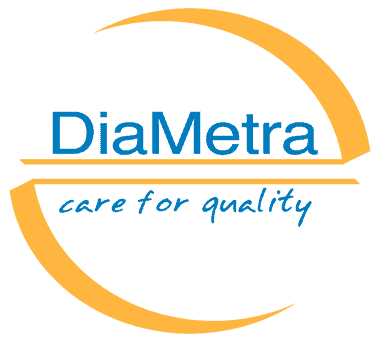Key Features and Values
- Same sample type can be used across all assays to simplify inclusion into routine serology work-up
- Ready to use reagents reduces hands-on time for assay preparation
- Long shelf life cost-effective solution by reducing wastage due to expired kits
- Suitable for inclusion on automated plate systems simplifies scale-up of test volume
- Supported by a complete panel of assays for supporting treatment monitoring of several forms of hormonal dysfunctions
Product Description
Competitive immunoenzymatic colorimetric method for the quantitative determination of 17OH Progesterone concentration in human serum or plasma. 17OH Progesterone ELISA kit is intended for laboratory use only.
Scientific Description
17-Hydroxyprogesterone (17-OH P) is a steroid hormone produced in both the adrenal gland and gonads which is synthesised from either progesterone or 17-hydroxypregnenolone. The synthesised hormone is released into the blood and circulates bound to corticosteroid binding globulin or loosely bound to albumin. It functions as a precursor of cortisol, by the hydroxylation at the 11 and 21 position; in the adrenal glands or is converted into androgenic and estrogenic hormones in the gonads. Deficiency of either 11- or 21- hydroxylase results in decreased cortisol synthesis preventing inhibition of adrenocorticotropic hormone (ACTH) secretion. As a result, increased release of ACTH causes increased production of 17-OH P1.
High levels of 17-OH P are found in new-borns which decrease within the first week. Levels remain low during childhood increasing during puberty to reach adult levels (approx. 100 ng/dL). Very high levels of 17-OH P are found in maternal blood and increase dramatically after week 32 of pregnancy due to large amounts being produced by the foetus, placenta and the adrenal cortex.
Measurement of 17-OH P is used in the assessment of 21-hydroxylase deficiency and are included as part of the standard panel of assays used for the confirmatory diagnosis of CAH, most often with cosyntropin stimulation2.
Publications
1. Singh, R. J. (2009). Quantitation of 17-OH-Progesterone (OHPG) for Diagnosis of Congenital Adrenal Hyperplasia (CAH). Clinical Applications of Mass Spectrometry, 271–277
2. Speiser PW, Arlt W, Auchus RJ, Baskin LS, Conway GS, Merke DP, Meyer-Bahlburg HFL, Miller WL, Hassan Murad M, Oberfield SE, White PC. Congenital Adrenal Hyperplasia Due to Steroid 21-Hydroxylase Deficiency: An Endocrine Society Clinical Practice Guideline. J Clin Endocrin Metabol, Volume 103, Issue 11, November 2018, Pages 4043–4088

